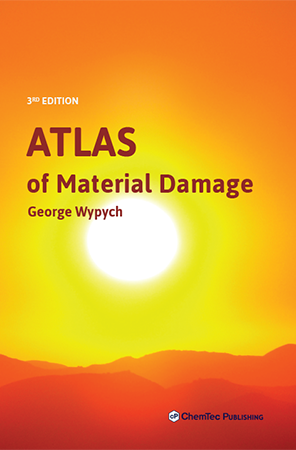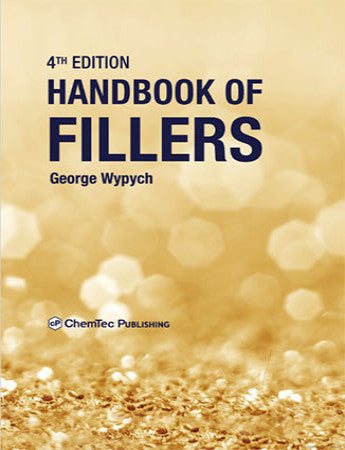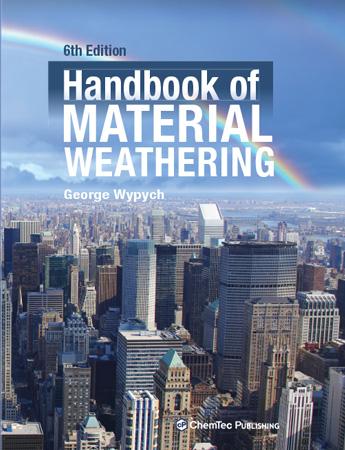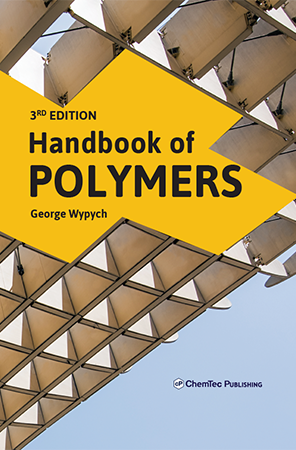Atlas of Material Damage has microscopic pictures, schematic diagrams, and a few graphs, which show how materials fail, how they are produced not to fail, and how they are designed to perform functions to make outstanding products. All this is presented in color print, which emphasizes the peculiarities of morphology. Each illustration is fully explained in the text. The most recent findings during 2017-2021 are included, and their importance emphasized.
In the near past, products were distinguished by their formulations, which constituted highly guarded commercial secrets and know-how. Today, this is not enough. MATERIALS, TO COMPETE, must have optimal structure and specially designed morphology. This book gives numerous examples of how this special morphology can be achieved in electronics, the plastics industry, the pharmaceutical industry, aerospace, automotive applications, medicine, dentistry, and many other fields (see the full list at the end).
It is pertinent from the above that others can adapt methods described by one branch of industry. For example, a technology that powers the slow or targeted release of pharmaceutical products can successfully prevent premature loss of vital additives from plastics.
Product reliability is the primary aim of technological know-how. Uninterrupted performance of manufactured products at both typical and extreme conditions of their use is the central goal of product development and the most important indicator of material quality.
This book provides information on defect formation, material damage, and the structure of materials that must perform designed functions. The following aspects of material performance are discussed:
- Effect of composition, morphological features, and structure of different materials on material performance, durability, and resilience
- Analysis of causes of material damage and degradation
- Effect of processing conditions on material damage
- Effect of singular and combined action of different degradants on industrial products
- Systematic analysis of existing knowledge regarding the modes of damage and morphology of damaged material
- Technological steps required to obtain specifically designed morphology required for specific performance
- Comparison of experiences generated in different sectors of the industry regarding the most frequently encountered failures, reasons for these failures, and potential improvements preventing future damage
The above information is based on the most recent publications. Less than 2% of sources were published before 2000.
The name “Atlas” was selected to indicate the book's emphasis on illustrations and morphology, with many real examples of damaged products and a discussion of causes of damage and potential for material improvements.
This book should be owned and frequently consulted by engineers and researchers in adhesives and sealants, aerospace, appliances, automotive, biotechnology, coil coating, composites, construction, dental materials, electronics industry, fibers, foams, food, laminates, lumber and wood products, medical, office equipment, optical materials, organics, metal industry, packaging (bottles and film), paints and coatings, pharmaceuticals, polymers, rubber, and plastics, printing, pulp and paper, shipbuilding and repair, stone, textile industry, windows and doors, wires and cables.
Professors and students in the above subjects will require this book for a complete survey of modern technology.
2 Material Composition, Structure and Morphological Features
2.1 Materials having predominantly homogeneous structure and composition
2.2 Heterogeneous materials
2.2.1 Crystalline forms and amorphous regions
2.2.2 Materials containing insoluble additives
2.2.3 Materials containing immiscible phases
2.2.4 Composites
2.2.5 Multi-component layered materials
2.2.6 Foams and porosity
2.2.7 Compressed solids
2.3 Material surface versus bulk
3 Effect of Processing on Material Structure
3.1 Temperature
3.2 Pressure
3.3 Time
3.4 Viscosity
3.5 Flow rate (shear rate)
3.6 Deformation
3.7 Orientation
4 Scale of Damage. Basic Concept
4.1 Atomistic
4.2 Microscale
4.3 Macroscale
5 Microscopic Mechanisms of Damage Caused by Degradants
5.1 Bulk (mechanical forces)
5.1.1 Elastic-brittle fracture
5.1.2 Elastic-plastic deformation
5.1.3 Time-related damage
5.1.3.1 Fatigue
5.1.3.2 Creep
5.1.4 Impact damage
5.1.5 Shear fracture
5.1.6 Compression set
5.1.7 Bending forces
5.1.8 Anisotropic damage
5.2 Electric forces
5.2.1 Tracking
5.2.2 Arcing
5.2.3 Drying out in batteries
5.2.4 Pinholes
5.2.5 Cracks
5.2.6 Delamination
5.3 Surface-initiated damage
5.3.1 Physical forces
5.3.1.1 Thermal treatment
5.3.1.2 Radiation
5.3.1.3 Weathering
5.3.2 Mechanical action
5.3.2.1 Scratching
5.3.2.2 Impact
5.3.2.3 Adhesive failure, sliding, and rolling
5.3.3 Chemical reactions
5.3.3.1 Molecular oxygen
5.3.3.2 Ozone
5.3.3.3 Atomic oxygen
5.3.3.4 Sulfur dioxide
5.3.3.5 Particulate matter
5.3.3.6 Other gaseous pollutants
5.4 Combination of degrading elements
5.4.1 Environmental stress cracking
5.4.2 Biodegradation and biodeterioration
5.4.3 Effect of body fluids
5.4.4 Controlled-release substances in pharmaceutical applications
5.4.5 Corrosion




